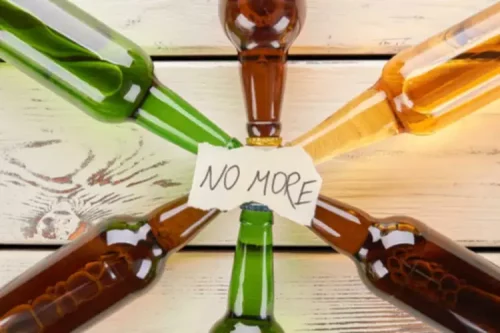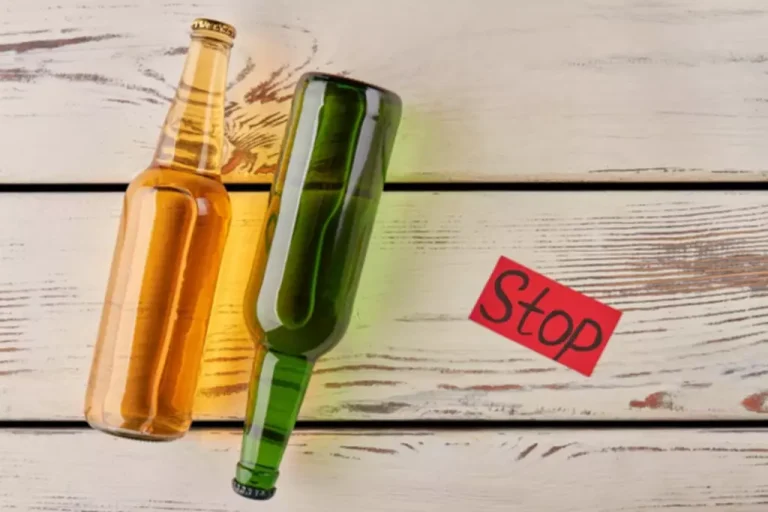Marijuana Can Be Addictive: Who Gets Hooked and Why

While quitting cold turkey isn’t easy and often leads to more intense withdrawal symptoms, there are some reasons people might choose this method. This article explores some of these tactics for how to stop smoking weed as well as information on the withdrawal symptoms you may experience. Although further research is necessary (Box (Box1),1), the findings summarized here indicate that neurobiological changes https://ecosoberhouse.com/ in CUD seem to parallel those in other addictions, albeit to a lesser extent in some brain systems. This is critical in light of recent findings demonstrating an increase in cannabis use and CUD and a corresponding decrease in the perceived risk of cannabis (Carliner et al. 2017; Hasin 2018). The preoccupation/ anticipation stage is implicated in the reinstatement of substance use following abstinence.

What are the treatment options for cannabis use disorder?

People in mid-to-late adolescence are most likely to begin using cannabis. Some genetic studies suggest that developing cannabis addiction is hereditary. A Yale Medicine-led study identified several gene variants that increase risk of cannabis dependence. However, more research is needed in order to confirm the findings and understand how these genetic factors might contribute to marijuana dependence.
Medications

NAC is being investigated as an anticraving agent in cannabis addiction therapy due to its regulatory role in glutamate and dopamine signaling (Samuni et al. 2013). NAC helps regulate the intra- and extracellular levels of glutamate through the cysteine-glutamate antiporter. Increased extracellular glutamate levels activate inhibitory metabotropic glutamate receptors, reducing glutamate neurotransmission (Samuni et al. 2013). The upregulation of glutamate signaling during the anticipation/preoccupation phase may be counteracted with NAC treatment, reducing clinical symptoms of craving and therefore reducing relapse rates. A 2014 review article summarizes two studies that evaluated NAC therapy in CUD. In one study, the placebo cohort reported twice as many positive urine cannabinoid tests as compared to the NAC cohort (Asevedo et al. 2014).
What’s CBD?
The danger is even greater if you’re older or if you already have heart problems. Many people who use marijuana regularly notice that it boosts their marijuana addiction appetite. They call this “the munchies.” Some research suggests that might help people with AIDS, cancer, or other illnesses regain weight.
action: ‚healthbeat‘
- Not all hospital systems and healthcare providers certify medical marijuana in states where it’s legal.
- The danger is even greater if you’re older or if you already have heart problems.
- They call this “the munchies.” Some research suggests that might help people with AIDS, cancer, or other illnesses regain weight.
- After examining the acute and long-term effects of cannabis, CUD appears to conform to the general patterns of changes described in the Koob and Volkow model of addiction.
“The problem isn’t that they are releasing less dopamine, but that the dopamine stimulation in the brain is having a very attenuated effect,” Volkow said. “I’ve always found quitting marijuana to be easy when I needed to because of travel reasons or personal reasons, or professional, or what have you,” he told Healthline. The conversation around marijuana use has become more nuanced since the World War II era film “Reefer Madness” portrayed the drug as destructive and dangerous. According to a research by the National Institute on Drug Abuse, the average THC content in confiscated marijuana samples in 1990 was just under 4 percent. A 2014 review looked at the available research regarding people with epilepsy using marijuana to ease their seizures.

Today, hemp fiber is used to create concrete-like blocks for construction projects, bioplastics, jewelry and biofuels. In colonial America, hemp production was required by English rule. At that time, hemp plants were low in tetrahydrocannabinol (THC), the active component of cannabis, and crops were valued for their role in industry. Over time, however, marijuana use can undermine dopamine production.
- Contrary to common belief, marijuana is an addictive substance.
- Getting help from your healthcare provider or therapist can increase your chances of successfully quitting marijuana.
- Regular or heavy use of cannabis can result in the development of tolerance and dependence.
- To quit smoking marijuana, you need to choose an approach that works for you.
- While a psychotic reaction can occur following any method of use, emergency room responders have seen an increasing number of cases involving marijuana edibles.
Related Clinical Trials
- Almost 10% of people who use marijuana regularly will become addicted to it at some point.
- Your airways may be more sensitive, which could cause problems when your doctor puts in or takes out your breathing tube.
- For instance, the odds of addiction are 1 in 6 if you use marijuana in your teens.
- One marijuana user, Conrad, age 47, of San Francisco, said that when he can’t smoke, he drinks more.
